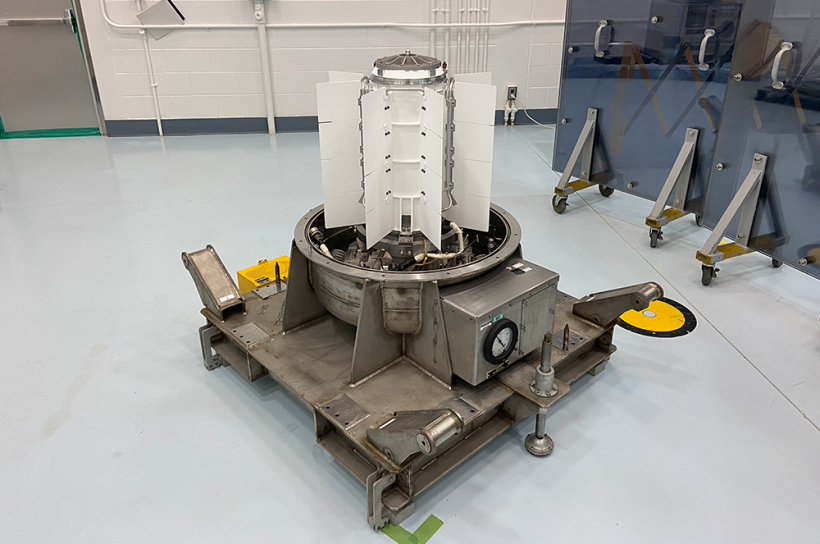1961 was the year that nuclear energy was first used in a spacecraft. It was the US Navy’s Transit 4A navigation satellite, launched on June 29 that year to conduct navigation trials and demonstrations. With the radioisotope power system, Transit 4A accomplished all launch objectives; one of which is confirming that the earth’s equator is elliptical, not circular.

With the success of Transit 4A, more radioisotope power systems were developed for use in space. But how do they work exactly?
Nuclear for Long Term Electrical Power
Heat from plutonium-238 decay. According to the US Department of Energy, plutonium-238 works well as a space power source. It’s not the same as the plutonium used in nuclear weapons and reactors. When processed into a ceramic form, the plutonium in a radioisotope power system or “space battery” provides high power density.

It’s stable at high temperatures and emits relatively low radiation levels. Its half-life of 88 years allows it to generate heat for many years, making it dependable and economical.
They say that the only two practical ways for power generation in space is from the sun’s rays or radioisotope power systems. Transit 4A proved the latter’s capacity as it successfully travelled nearly 2 billion miles and circled the earth more than 55,000 times.
Nuclear for Spacecraft Propulsion
Spacecrafts are mainly dependent on fossil fuels for propulsion. For future space missions, NASA has also considered nuclear propulsion systems.

Two nuclear technologies for this are Nuclear Thermal Propulsion (NTP) and Nuclear Electric Propulsion (NEP). These could reduce travel time, lessen the fuel load, and reduce trip times. This also means reducing the radiation exposure of astronauts.
The first one, NTP, heats up a liquid propellant like hydrogen and turns it into gas. This gas expands through a nozzle, provides thrust and propels the spacecraft.
On the other hand, NEP converts the nuclear reactor’s thermal energy into electrical energy. It provides a lower amount of thrust but accelerates the spacecraft for extended periods.
Radiation Monitoring in Civil Space Work
“Our pathway to the stars runs through the atom,” said Mikhail Chudakov, head of the Department of Nuclear Energy at IAEA. The future of space missions definitely includes nuclear power as space agencies aim to further explore the Moon and beyond.

With years of experience in radiation protection, safety management and IT, the SensaWeb team aims to contribute positive changes in industries like aviation and aerospace. Through programs like the ATI Boeing Accelerator program, the team has shared its vision of making use of abundant smart tech in aerospace and health.
As radiation exposure is also a critical issue in the aviation and aerospace industry, SensaWeb’s technology can reduce the health risks that come with occupational exposure.
With our radiation monitoring devices, anyone working with radiation or exposed to cosmic radiation can easily detect the exposure levels.
For more information, connect with us here or our email address: info@sensaweb.com.au. You can also call us at +61 415 409 467.